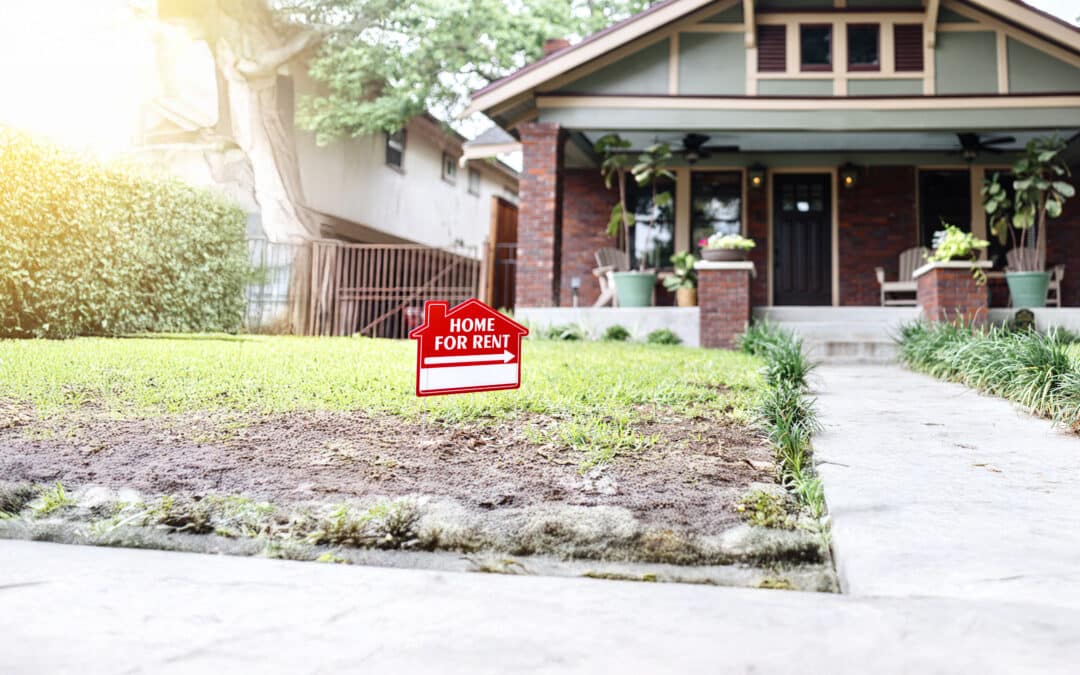Data provider RealtyTrac’s Year-End 2015 U.S. Foreclosure Market Report shows foreclosure filings—default notices, scheduled auctions and bank repossessions—were reported on 1,083,572 of the nation’s properties in 2015, down 3 percent from 2014 and down 62 percent from the peak of 2,871,891 properties with foreclosure filings in 2010. The nearly 1.1 million properties with foreclosure filings in 2015 were the lowest annual total since 2006, when there were 717,522 properties with foreclosure filings nationwide.
The 2015 report also shows that one in every 122 U.S. housing units (0.82 percent) had at least one foreclosure filing in 2015, the second consecutive year where the annual foreclosure rate has been below 1 percent of all U.S. housing units.
RealtyTrac’s year-end foreclosure report is a count of unique properties with a foreclosure filing during the year based on publicly recorded and published foreclosure filings collected in more than 2,500 counties nationwide, with address-level data on more than 23 million foreclosure filings historically also available for license or customized reporting.
The report also includes new data for December, when there were 103,373 U.S. properties with foreclosure filings, down 1 percent from the previous month and down 9 percent from a year ago—the third consecutive month with a year-over-year decrease in foreclosure activity.
U.S. foreclosure starts in December were down 30 percent from a year ago—the sixth consecutive month with an annual decrease in foreclosure starts—while U.S. bank repossessions (REOs) in December increased 65 percent from a year ago, the 10th consecutive month with an annual increase in REOs.
“In 2015, we saw a return to normal, healthy foreclosure activity in many markets, even as banks continued to clean up some of the last vestiges of distress left over from the last housing crisis,” RealtyTrac Vice President Daren Blomquist said. “The increase in bank repossessions that we saw for the year was evidence of this cleanup phase, which largely involves completing foreclosure on highly distressed, low-value properties.
Meanwhile, Blomquist said, “Local economic problems became a larger driver of foreclosure activity in 2015. Examples of this are Atlantic City, N.J., which posted the nation’s highest metro foreclosure rate for the year, along with several heavy oil-producing markets in Texas and Oklahoma where foreclosure activity increased in 2015, counter to the national trend.”
Among highlights of the report:
FORECLOSURE ACTIVITY INCREASES IN 24 STATES
Counter to the national trend, 24 states and the District of Columbia posted an increase in foreclosure activity in 2015 compared to 2014, including Massachusetts (up 55 percent), Missouri (up 50 percent), Oklahoma (up 36 percent), New York (up 24 percent) and Texas (up 16 percent).
FORECLOSURE STARTS AT 10-YEAR LOW
A total of 569,835 U.S. properties started the foreclosure process in 2015, down 11 percent from 2014 and down 73 percent from the peak of more than 2.1 million foreclosure starts in 2009, to a 10-year low. Bucking the national trend, foreclosure starts increased in 2015 in 16 states, including Oklahoma (up 92 percent), Massachusetts (up 67 percent), Missouri (up 28 percent), Virginia (up 23 percent), Nevada (up 14 percent) and Arkansas (up 14 percent).
BANK REPOSSESSIONS UP
Lenders repossessed 449,900 U.S. properties in 2015, up 38 percent from 2014 but still 57 percent below the peak of nearly 1.1 million bank repossessions (REOs) in 2010.
TOP STATE FORECLOSURE RATES
States with the highest foreclosure rates in 2015 were New Jersey (1.91 percent of housing units with a foreclosure filing); Florida (1.77 percent); Maryland (1.60 percent); Nevada (1.40 percent); and Illinois (1.26 percent).
TOP METRO FORECLOSURE RATES
Metro areas with the highest foreclosure rates in 2015 were Atlantic City, N.J. (3.43 percent of housing units with a foreclosure filing); Trenton, N.J. (2.14 percent); Tampa Bay-St. Petersburg-Clearwater, Fla. (2.03 percent); Jacksonville, Fla. (2.02 percent); and Miami, Fla. (1.98 percent).
AVERAGE TIME TO FORECLOSE
U.S. properties foreclosed in the fourth quarter had been in the foreclosure process an average of 629 days, down slightly from 630 days in the third quarter.
States with the shortest average time to foreclose in the fourth quarter were South Dakota (105 days), North Carolina (151 days), Virginia (225 days), Wyoming (263 days) and Texas (266 days).
























0 Comments